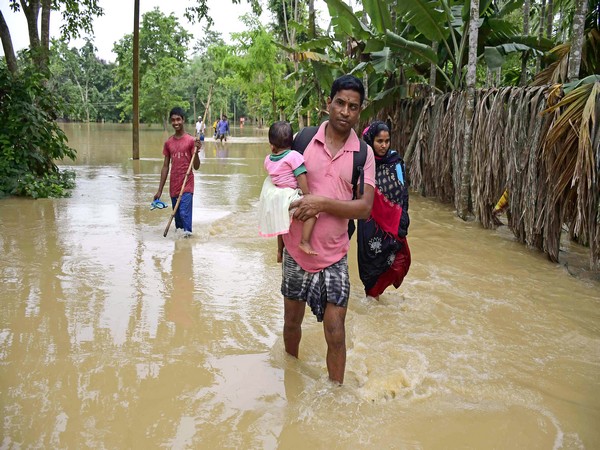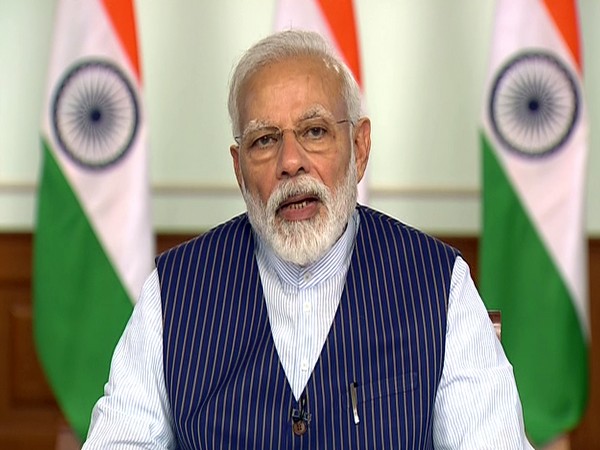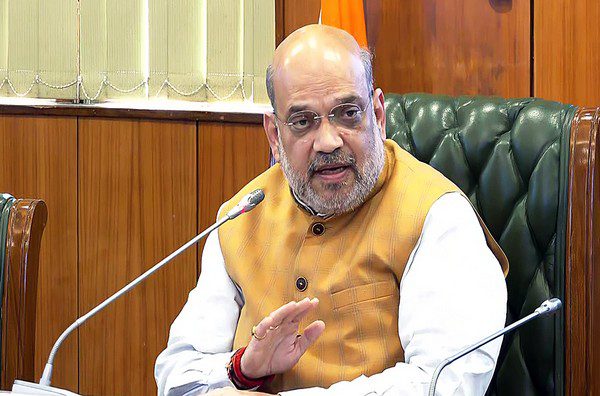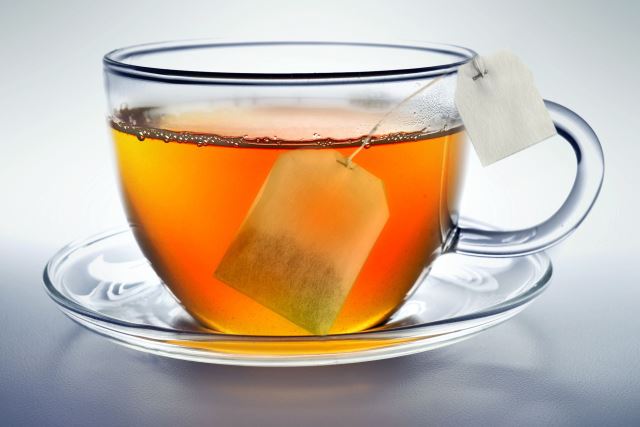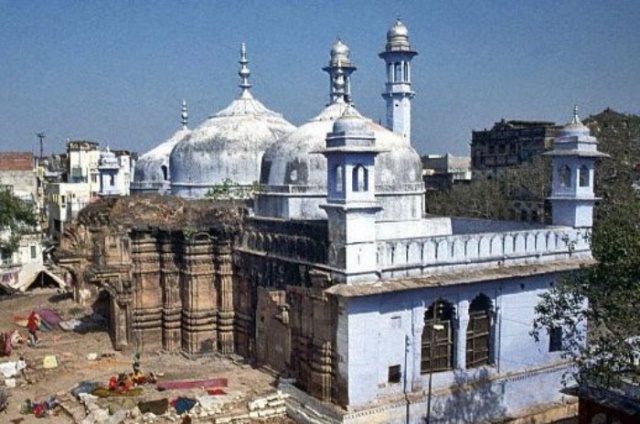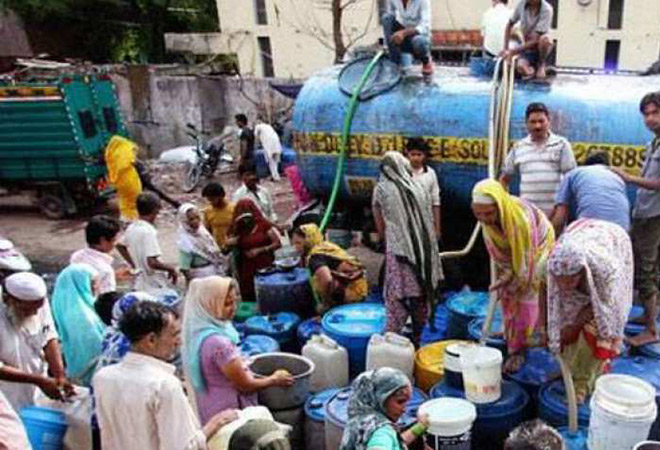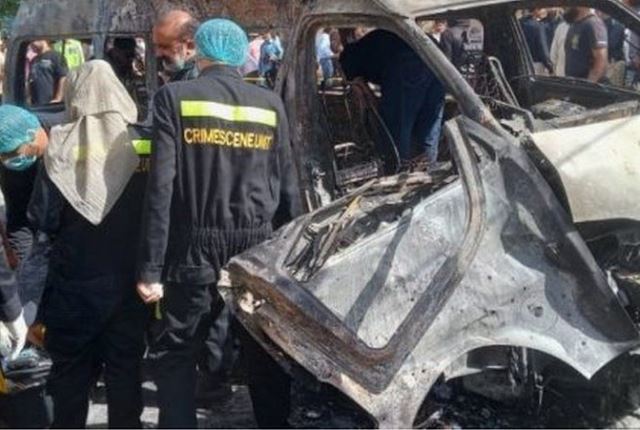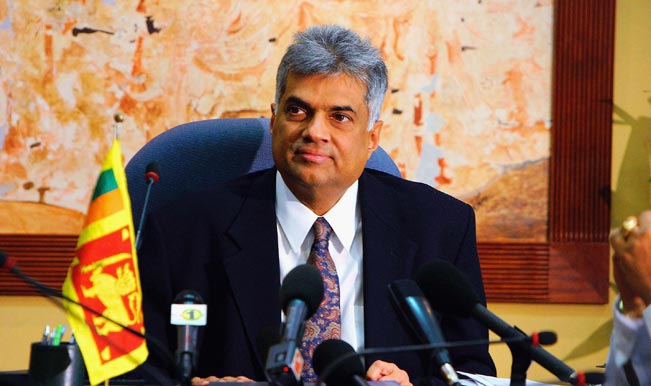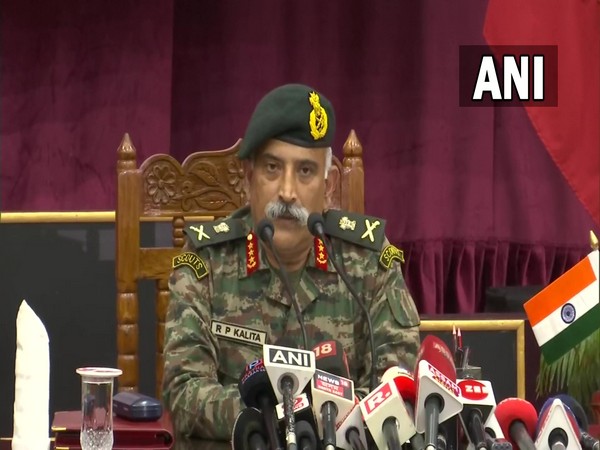Sri Lankan Prime Minister Ranil Wickremesinghe in an address to the nation on Monday gave an account of the grave economic situation facing the island nation and said that the people need to be prepared to make sacrifices.
The Sri Lankan PM’s address came a day after his talks with the representatives of the World Bank and the Asian Development Bank (ADB), where he discussed the possible course of action to address the economic crisis in the country.
“The next couple of months will be the most difficult ones of our lives. We must prepare ourselves to make some sacrifices and face the challenges of this period,” Wickremesinghe said.
The Sri Lankan PM also said that he did not request to take up the position of the Prime Minister last week, but took over on the invite of President Gotabaya Rajapaksa in face of the challenging situation facing the country.
“Last Thursday, I accepted office as the Prime Minister. I did not request this position. In face of the challenging situation facing the country, the President invited me to take up this position. I assumed this duty not only as a political leader, but also as national leader who has benefited from free education at the Faculty of Law of the University of Colombo,” PM Wickremesinghe said.
The Sri Lankan PM gave a detailed account of the grave economic situation the country finds itself in, saying that the “Sri Lankan economy is extremely precarious.”
“In November 2019, our foreign exchange reserves were at USD 7.5 billion. However, today, it is a challenge for the treasury to find USD 1 million. The Ministry of finance is finding it difficult to raise USD 5 million required to import gas,” the Sri Lankan PM said.
Saying that he had no desire to hide the truth from the public, Wickremesinghe prepared the nation for a number of drastic economic steps that his government might take in the coming days to address the economic crisis.
“I have no desire to hide the truth and to lie to the public. Although these facts are unpleasant and terrifying, this is the true situation. For a short period, our future will be even more difficult than the tough times that we have passed. We will face considerable challenges and adversity. However, this period will not be long,” Wickremesinghe said.
“In the coming months, our foreign allies will assist us. They have already pledged their support. Therefore, we will have to patiently bear the next couple of months. However, we can overcome this situation. Doing so will require taking a new path,” he added.
“Against my own wishes, I am compelled to permit printing money in order to pay state-sector employees and to pay for essential goods and services. However, we must remember that printing money leads to the depreciation of the rupee,” Wickremesinghe said.
The Sri Lankan PM also announced that the government plans “to present a new alternative budget to the development budget proposed for 2022,” adding that the intention is “to present it as a concessionary budget.”
“I am undertaking a dangerous challenge. In the Caucasian Chalk Circle, Grusha crossed the broken rope bridge carrying a child that was not her own. This is an even more difficult undertaking. The precipice is deep and its bottom cannot be seen. The bridge is made of thin glass and there is no handrail. I am wearing shoes with sharp nails that cannot be removed. My task is to safely take the child to the other side. I am accepting this challenge for our nation,” the Sri Lankan PM said in an emotional appeal to the nation.
He said that his government will “build a nation without queues for kerosene, gas, and fuel; a nation free of power outages, a nation with plentiful resources where agriculture can freely flourish; a nation where the future of the youth is secure; a nation where people’s labour need not be wasted in queues and in struggles; a nation where everyone can lead their lives freely with three square meals a day.”
PM Wickremesinghe also emphasized that a national government needs to be established soon in Sri Lanka to address the ongoing crisis.
“This will enable us to discuss with all parties and to arrive at decisions for short-, medium-, and long-term action plans that will enable us to rebuild our nation within a specified time frame,” he said.
Earlier today, the Sri Lankan government announced the imposition of a fresh curfew from 8 pm on Monday till 5 am Tuesday in light of raging violence across the country.
Sri Lanka is facing its worst economic crisis since independence with food and fuel shortages, soaring prices and power cuts affecting a large number of the citizens, resulting in massive protests over the government’s handling of the situation.
The recession is attributed to foreign exchange shortages caused by a fall in tourism during the COVID-19 pandemic, as well as reckless economic policies including the government’s last year’s move to ban chemical fertilizers in a bid to make Sri Lanka’s agriculture “100 per cent organic”.
Due to an acute shortage of foreign exchange, Sri Lanka recently defaulted on the entirety of its foreign debt amounting to about USD 51 billion.
The economic situation led to huge protests with demands for the resignation of Prime Minister Mahinda Rajapaksa and President Gotabaya Rajapaksa, with the former finally succumbing to public pressure and resigning on Monday, soon after the protests outside the Prime Minister’s residence turned violent. (ANI)
